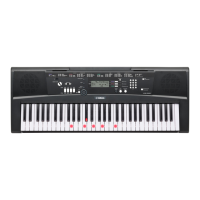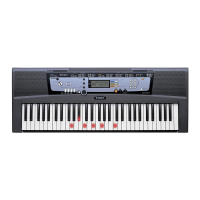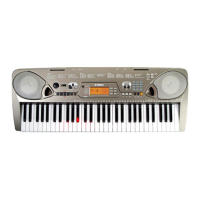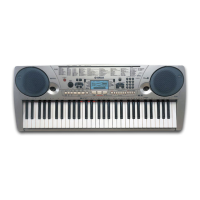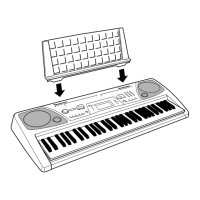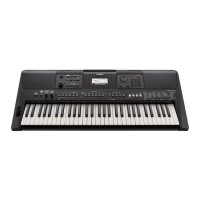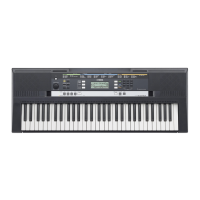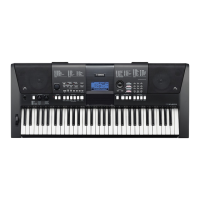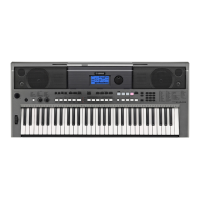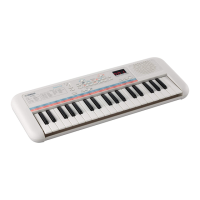Why is there no rhythm with Pianist styles on my Yamaha Electronic Keyboard?
- JjessicatrevinoSep 8, 2025
Style numbers 093–100 (Pianist) on the Yamaha Electronic Keyboard have no rhythm parts, so no rhythm will play. The other parts will begin playing when you play a chord in the accompaniment range of the keyboard if Auto Accompaniment is turned on.
